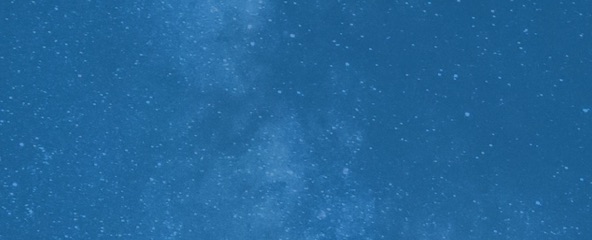
Maria Temming
Assistant Managing Editor, Science News Explores
Previously the staff writer for physical sciences at Science News, Maria Temming is the assistant managing editor at Science News Explores. She has undergraduate degrees in physics and English from Elon University and a master's degree in science writing from MIT. She has written for Scientific American, Sky & Telescope and NOVA Next. She’s also a former Science News intern.

Trustworthy journalism comes at a price.
Scientists and journalists share a core belief in questioning, observing and verifying to reach the truth. Science News reports on crucial research and discovery across science disciplines. We need your financial support to make it happen – every contribution makes a difference.
All Stories by Maria Temming
-
 Tech
TechHere’s what it will take to adapt the power grid to higher wildfire risks
Better sensing tech on power lines and reliance on more local power sources could help avoid vast power outages like those in California in October.
-
 Chemistry
ChemistryAmerican whiskeys leave unique ‘webs’ when evaporated
If you don’t have a sophisticated palate, it turns out you can distinguish among bourbons with a microscope.
-
 Space
SpaceRules guarding other planets from contamination may be too strict
Voluntary international guidelines for visiting the moon, Mars and other places — and for bringing stuff back to Earth — are overly cautious, scientists say.
-
 Space
SpaceThe solar system may have a new smallest dwarf planet: Hygiea
New images reveal Hygiea is round, a final criterion for promoting the wee world from asteroid to dwarf planet status.
-
 Space
SpaceStrontium is the first heavy element detected from a neutron star merger
The discovery of strontium created inside a neutron star smashup gives the clearest picture yet of what goes on inside this chaotic environment.
-
 Planetary Science
Planetary ScienceAstronomers have spotted a new type of storm on Saturn
In 2018, telescopes on Earth and in space identified a never-before-seen kind of storm activity on the ringed planet.
-
 Space
SpaceHow the second known interstellar visitor makes ‘Oumuamua seem even odder
With its gaseous halo and tail, the second discovered interstellar object, 2I/Borisov, looks basically like your run-of-the-mill solar system comet.
-
 Earth
Earth50 years ago, an Antarctic fossil pointed to Gondwanaland’s existence
Fifty years ago, fossils from Antarctica helped seal the deal that the southern continents were once connected in one, giant landmass called Gondwanaland.
-
 Chemistry
ChemistryThe development of the lithium-ion battery has won the chemistry Nobel Prize
Three scientists have won the 2019 Nobel Prize in chemistry for helping create lithium-ion batteries, which power everyday devices from smartphones to electric cars.
-
 Cosmology
CosmologyA new book explores how the concept of the multiverse has evolved
Tom Siegfried, author of ‘The Number of the Heavens,’ discusses what the multiverse has meant to great thinkers throughout history.
-
 Neuroscience
NeuroscienceMaryam Shanechi designs machines to read minds
Maryam Shanechi creates computer programs that link brain and machine to one day help patients with paralysis or psychiatric disorders.
-
 Earth
EarthHere’s where Earth stores its carbon
Most of Earth’s carbon is stored inside the planet. But giant lava outflows and now humans have released huge amounts of carbon into the atmosphere.